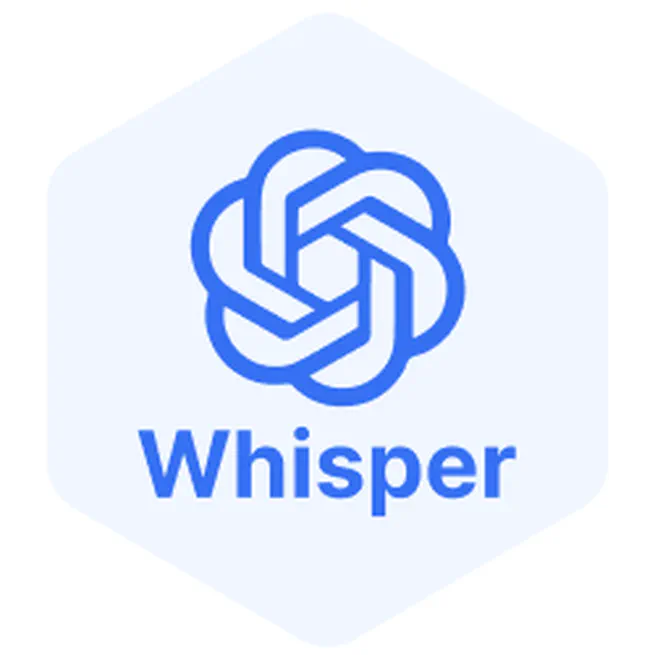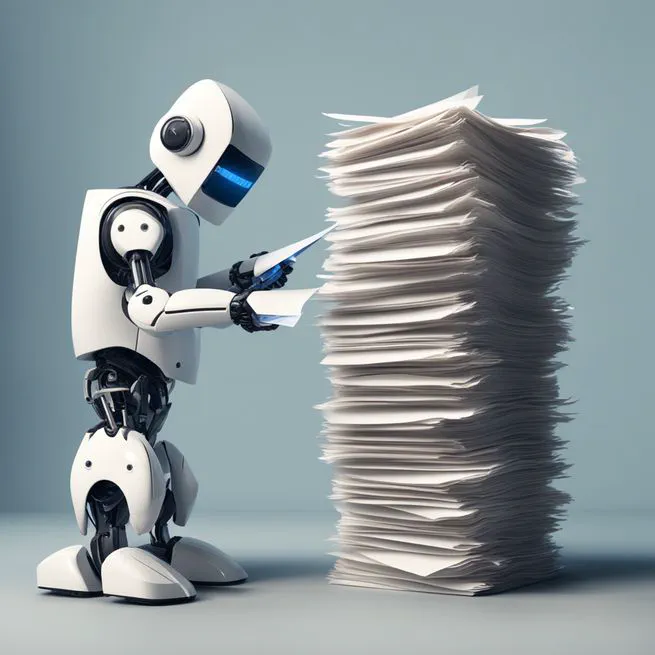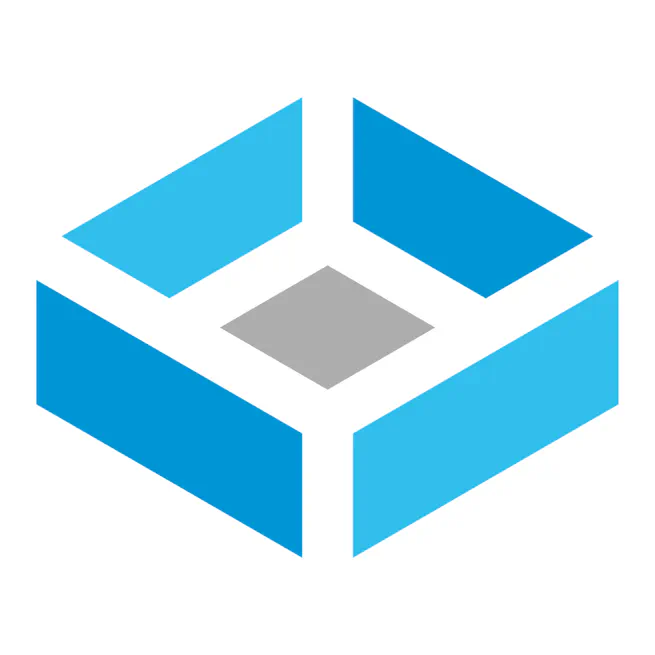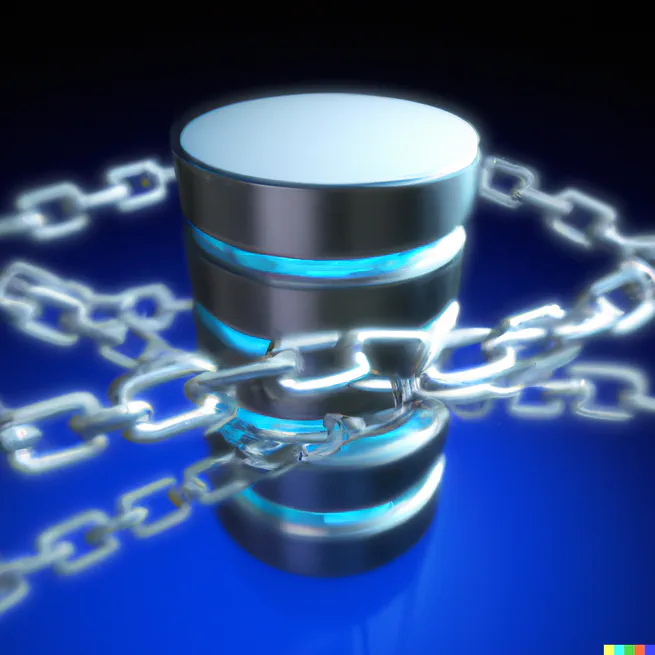
Whisper is a speech-to-text model built by OpenAI which can be easily run on local hardware, even with the largest model sizes. I will present a Streamlit-based tool to easily extract text snippets from video files using the Whisper model without being reliant on the command line.
Mar 14, 2025

If, like me, you have ever been experimenting with applying deep learning models for video stream processing to perform object detection or scene classification, you will probably run into approaches where Python scripts are used to extract each individual frame from a video file in a loop and feed each of the frames to a model individually. In this blog post I will present a much more performant approach based on NVIDIA's DeepStream toolkit.
Jan 5, 2025

Recently I was asked to come up with a solution to classify a large list of tens of thousands of email addresses based on their details. Although the original request was a bit different, for this blog post I will make the example of classifying the addresses as being from a personal email provider (like Gmail, Yahoo, etc.) or from a business or other institution. I will demonstrate an approach how to use a self-hosted Zephyr-7B model using the Litserve package to perform this task very efficiently.
Jul 17, 2024

Nowadays it feels that the TrueNAS CORE community is shrinking every month. I have been a user of this solution for more than 8 years now, but some aspects of the system like plugins have never matured to a degree where they are really usable. I have been using the Nextcloud plugin for years now (after having upgraded from ownCloud), but updating the plugin from either the designated plugin architecture of from the Nextcloud management screens is quite often painful and tends to break the jail if there are major upgrades on key components like PHP.
Feb 27, 2024

Last November ChatGPT has held its first anniversary, after having reached a user base of 180 million active users, making this the fastest adopted technology with an internet user base ever. Now we are a year in, I’d like to explore how the open-source world has caught up with ChatGPT’s success. What is the current state of affairs when comparing open source LLMs to the closed source and proprietary models from OpenAI and others? Is open-source technology able to match or surpass the technology brought by OpenAI in 2022?"
Dec 22, 2023

Retrieval Augmented Generation (RAG) allows for adding knowledge from external sources into a Large Language Model (LLM) prompt. In this blog post I will be using this approach for using an LLM to retrieve data from an SAP S4/HANA system and visualizing the data using Streamlit. You will learn how to build a dashboard converting natural language questions into data visualizations using only a minimal amount of code!
Sep 21, 2023

With the Tour de France 2023 having started last weekend there will be lots of media coverage of the world’s toughest cycle race in the next weeks. If you are a regular viewer of these races you will probably recognize a few situations where you found it difficult to exactly determine who you are watching on the screen. In this blog post I am presenting a way to do augment the race with rider and team recognition capabilities to make it easier to detect riders and follow what is happening during the race.
Jul 3, 2023

GPT-based models have several inherent problems such as correctly aggregating figures in tabular structures and getting access to corporate data in database system. I will show an approach for connecting GPT to your custom database schema using the Langchain Python package. This allows text-based queries to be executed on the custom database schema, showing impressive results in GPTs ability to formulate complex SQL queries to the database and retrieving the correct information.
May 3, 2023

One of the major drawbacks of GPT-based models is their lack of knowledge about custom documents living in knowledge bases in large organizations. In this blog post I will demonstate a way to set up adding custom documents into the body of knowledge of GPT-based models.
Mar 23, 2023

Large language models are emerging as a tool for solving many information and knowledge-related matters. Back in 2020 GPT-3 made huge improvements in the way that humans are able to interact with an AI, where the model showcased its ability to engage in compelling conversations with a human counterpart. In this article I will showcase how these large language models can be used for answering questions from data stored in tabular form, just as the majority of the world's business data.
Jan 24, 2023